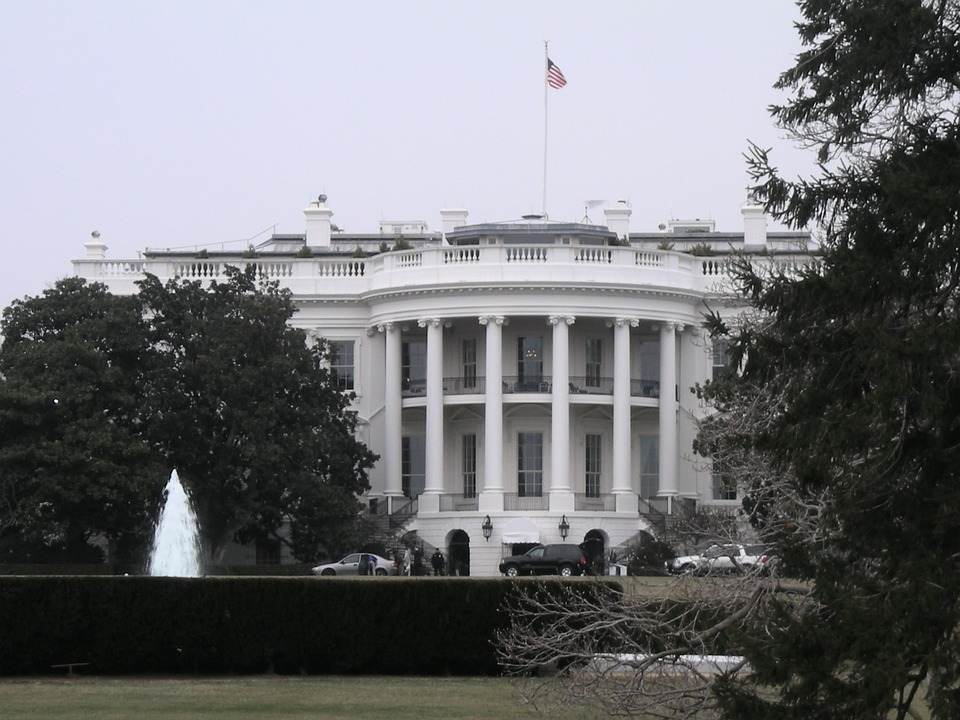The Rise of Populism in the Political Landscape
Introduction
In recent years, we have witnessed a significant rise in populism across the globe. From the election of Donald Trump in the United States to the Brexit referendum in the United Kingdom, populist movements have been gaining traction in various countries. This shift in the political landscape has sparked intense debate and scrutiny as to what is driving this rise of populism and the implications it may have on our societies.
Understanding Populism
Populism is a political ideology that pits the “common people” against the “elite” or “establishment.” It often involves a charismatic leader who claims to represent the will of the people and promises to bring about radical change. Populist movements tend to focus on issues such as immigration, national identity, and economic inequality.
Populism has historically been associated with both left-wing and right-wing politics, with leaders such as Hugo Chavez and Marine Le Pen embodying different aspects of the populist ideology. However, in recent years, we have seen a rise in right-wing populism, with leaders like Trump, Matteo Salvini, and Viktor Orban gaining power on promises to crack down on immigration and restore national sovereignty.
Drivers of Populism
There are several factors that have contributed to the rise of populism in the political landscape. One of the key drivers is economic insecurity. Globalization and technological advances have led to job losses and wage stagnation in many Western countries, leading to a sense of frustration and disillusionment among the working class. Populist leaders capitalize on this discontent by promising to protect jobs and bring back industries that have been lost to outsourcing and automation.
Another factor fueling populism is immigration. The influx of migrants and refugees into Western countries has sparked fears of cultural dilution and strain on public services. Populist leaders exploit these fears by painting immigrants as a threat to national security and the social fabric of society.
Social media and the internet have also played a role in the rise of populism. These platforms provide a voice to previously marginalized groups and allow for the rapid dissemination of populist messages and propaganda. Populist leaders like Trump have utilized social media to bypass traditional media outlets and communicate directly with their base.
Implications of Populism
The rise of populism has significant implications for the political landscape and society as a whole. Populist leaders often thrive on divisive rhetoric and stoking fear and resentment towards marginalized groups. This can lead to increased polarization and social unrest, as seen in the rise of hate crimes and xenophobic attacks in countries with populist leaders.
Furthermore, populist movements can undermine democratic institutions and the rule of law. Leaders who claim to represent the will of the people may erode checks and balances on their power, leading to authoritarian tendencies and a weakening of democratic norms.
Economically, populism can be detrimental to long-term growth and stability. Policies driven by populist sentiment, such as protectionism and trade wars, can harm economies and lead to higher prices for consumers. In addition, the demonization of immigrants and minorities can have negative effects on social cohesion and integration, further exacerbating existing inequalities.
Conclusion
The rise of populism in the political landscape is a complex and multifaceted phenomenon with far-reaching implications. As we continue to grapple with the challenges presented by populist movements, it is important to understand the underlying drivers and address the root causes of discontent and polarization in our societies. By promoting dialogue, empathy, and inclusivity, we can work towards a more cohesive and equitable future for all.
